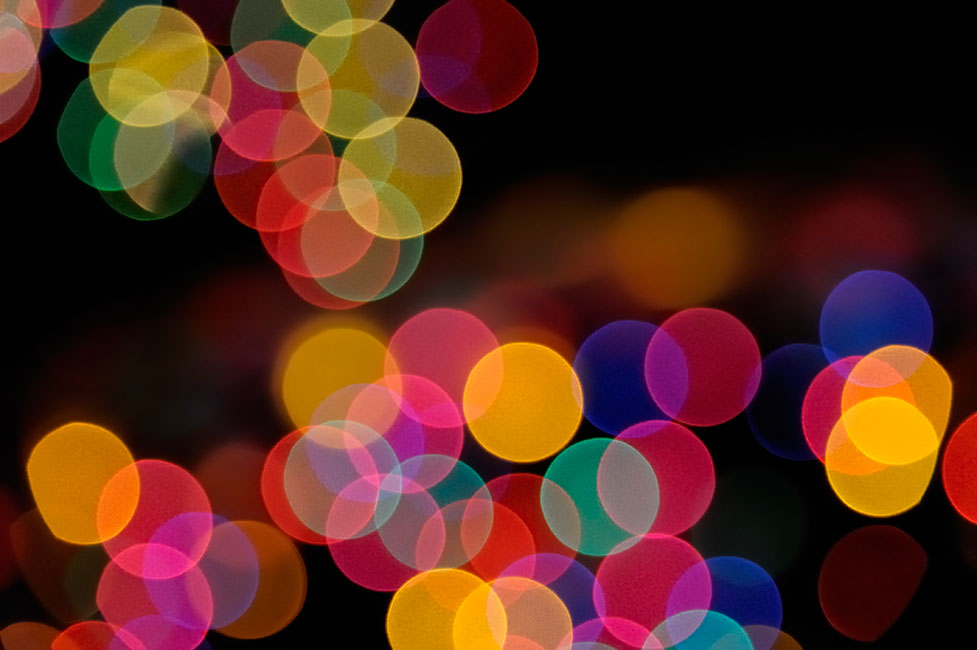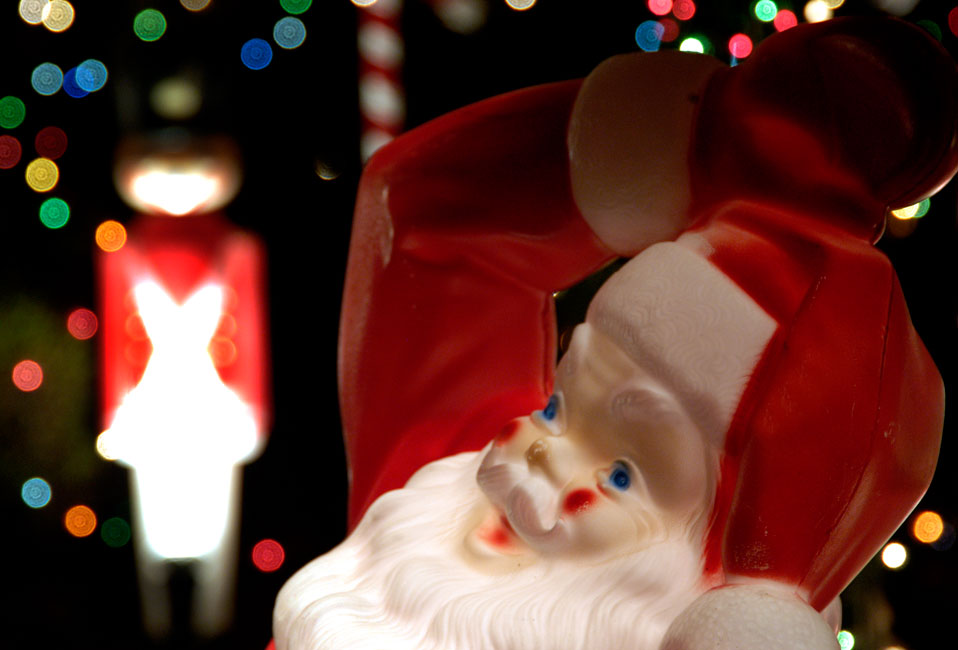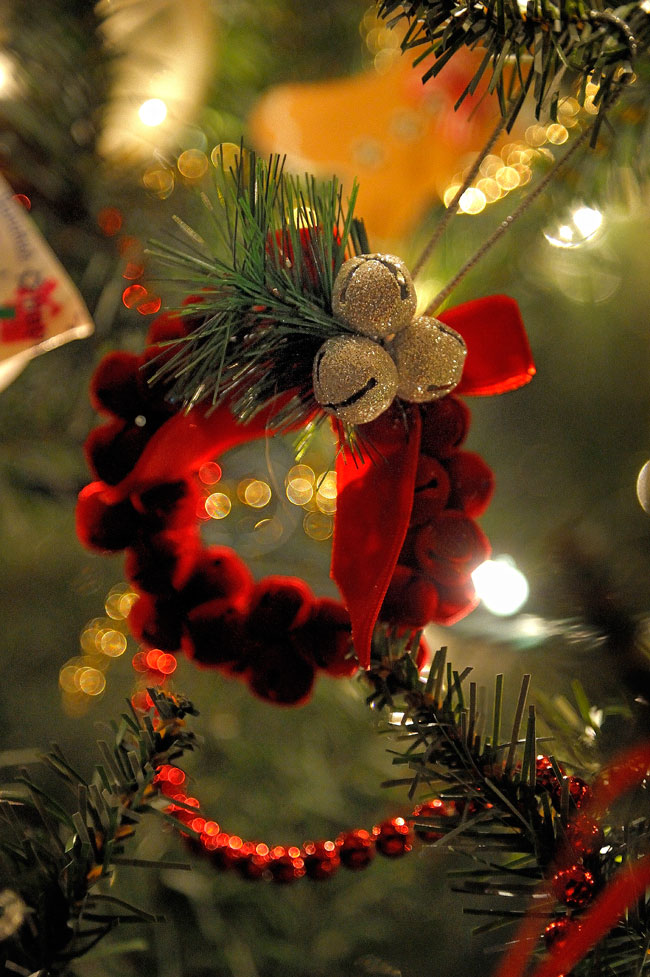Photograph the Classic Holiday Light Bokeh Effect
Want to know how to photograph holiday lights to get the great bokeh that you see from the pros? It’s easy. It’s best to use aperture priority or manually set the exposure for this type of image, so you can control the aperture and shutter speed. You will also want to manually focus the lens to control the amount of blur or bokeh in the final image.
Lights as the main subject
For an image where the only subject is the bokeh of the lights, you can either have the lights placed on a Christmas tree or arranged in a bunch.
If you have a tripod, place the camera on it or put the camera on a sturdy surface to ensure you won’t add camera blur to the final image. If you want to hand hold the camera and lens and have a VR image stabilized NIKKOR lens, activate VR.
You want to use a wide aperture of f/4 or wider. Lenses that offer a wide aperture of f/2.8, f/1.8 or f/1.4 are ideal to use.
With the aperture set wide open, if the camera is in aperture priority mode, it will always adjust the fastest shutter speed—no matter what the lighting condition is. If in manual mode, you’ll need to set the shutter speed manually. Use the camera’s built-in meter to make sure the exposure is correct for the scene. You may have to increase the ISO, to get the exposure you want and that’s ok.
The secret to the amazing shots of soft colorful globes of light is to manually focus the camera so the lights are out of focus. Since the definition of bokeh is the soft, pleasing out of focus effect from a lens, it makes sense that you want to defocus or not focus on the lights for this effect.
Lights as a background effect
For an image where you want a main subject with the bokeh of the lights in the background, you’ll set up the shot almost the same. The one difference you want to make is to put the main subject—whether it's a person or an object—close to the camera, with the lights separated from the subject by some distance.
By using a wide aperture, and focusing on the main subject, the lights will go out of focus. For more of a soft, glowing look, place the lights further back. If you want more definition to the shape of the lights, place them closer to the main subject.
You can also experiment by using white lights instead of color lights for a different effect.
This image is an example of how focusing on the subject in the foreground renders the lights in the background softly out of focus, for the classic bokeh effect. The out of focus background further helps separate the subject from distracting elements that would be visible if the lens was closed all the way down. Exposure: 1/80 of a second shutter speed, f/4 aperture, ISO 4500, aperture priority.







